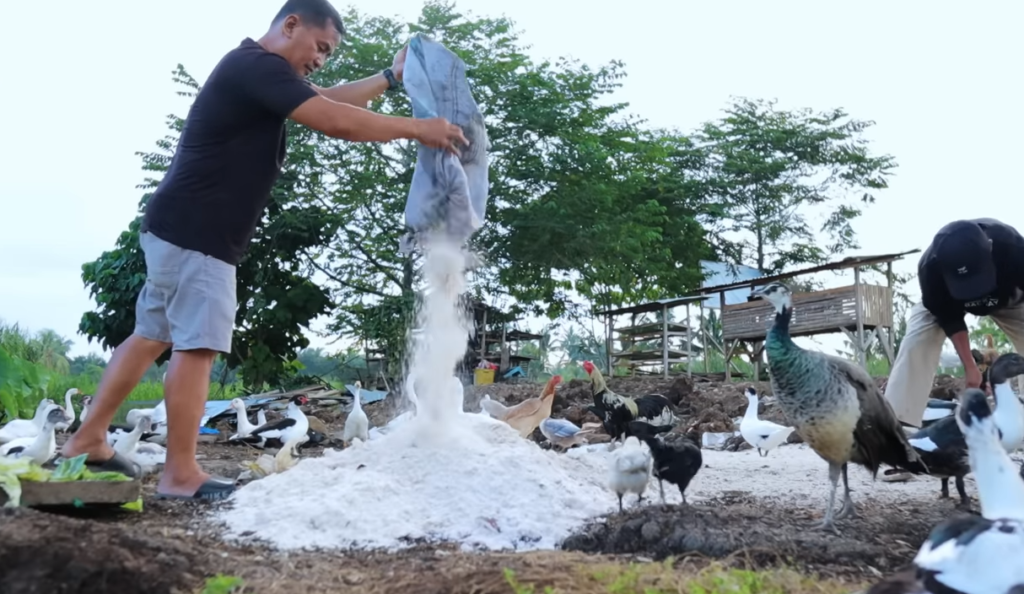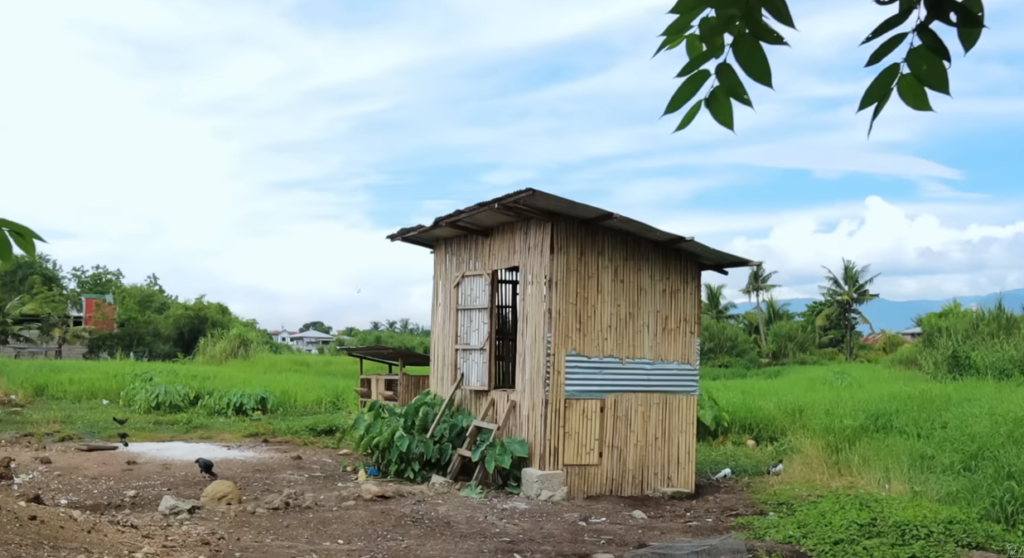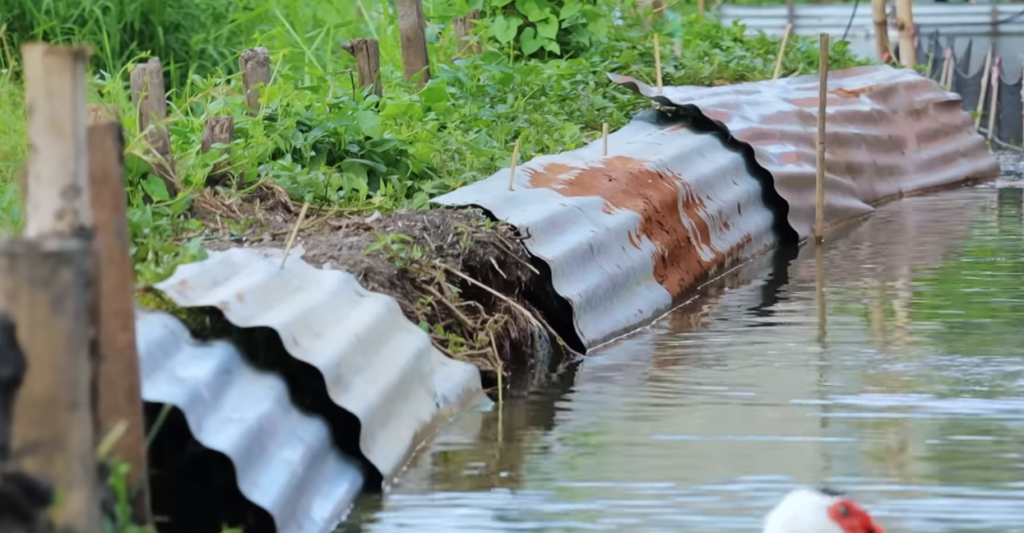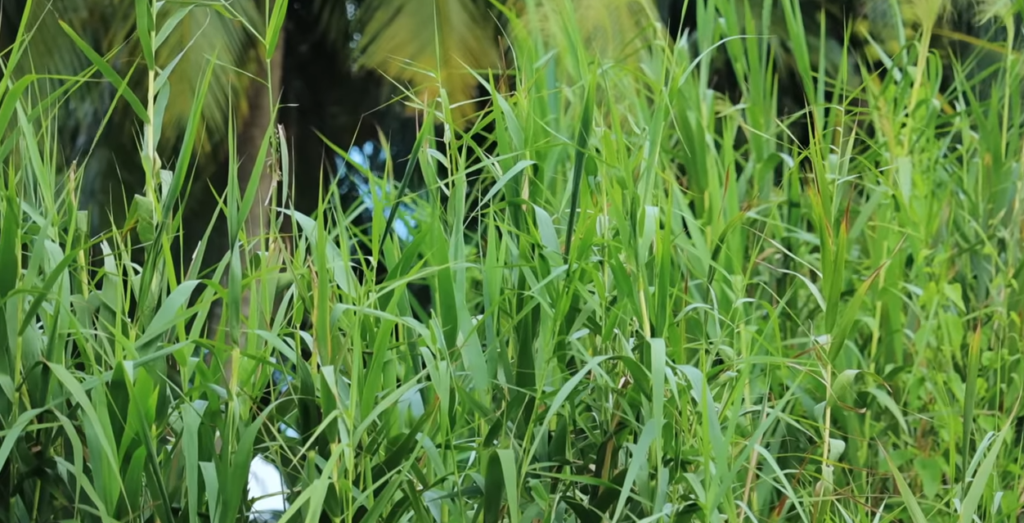Sustainable Farming with Dexter: Free-Range Poultry and Beyond
Hello, fellow farmers and sustainable living enthusiasts! It’s Dexter here, and today, I’m excited to share with you insights from my daily adventures in sustainable farming—specifically in raising chickens, ducks, geese, and other animals in a free-range system. Our farm isn’t just an enterprise; it’s a center of attraction for aspiring farmers and a testament to resilient, eco-friendly agricultural practices.
The Free-Range Philosophy
Our objective on the farm is ambitious: we aim to produce thousands of chickens, ducks, geese, and a variety of other animals. The free-range philosophy is close to our hearts, providing our animals with a natural habitat to thrive in, resulting in healthier produce for our community.

Challenges of Free-Range Farming
Despite the benefits, free-range farming comes with its own set of challenges. When our chickens and ducks become hungry, they may wander too far in search of food, exposing them to predators like dogs or even becoming easy targets for theft.

Challenge #1: Keeping Poultry Satiated
Solution: We’ve innovated an affordable, sustainable solution for this. Instead of relying solely on expensive commercial pellets, we provide our birds with grated coconut as a supplemental food source. This keeps them well-fed and reduces their tendency to roam too far from home.

Challenge #2: Safe and Secure Lodging
Solution: We’ve learned that allowing poultry to roost in trees or in open coops is not ideal. Predators and the elements can take a toll on them. To combat this, we’ve built closed coops where they can be safely locked in at night, shielding them from rain and predators, and ensuring their wellbeing.

Managing Other Farm Animals
As we expanded our farm to include ducks and geese, we encountered an unexpected problem: they started to damage our dikes. The geese and ducks didn’t mean harm; they were merely foraging for food, yet it resulted in unintended destruction.

Solution: We laid out GI sheets along the pathways to prevent them from reaching and ruining the dikes. It’s a temporary measure, but essential to protect the infrastructure of our free-range setup.

The Rabbit Revelation
Rabbit farming has become an integral part of our farm’s ecosystem. Initially, there was a concern that rabbits would chew through their bamboo enclosures, but we found a natural deterrent: diet. By providing ample grasses, which fulfill their nutritional needs, our rabbits no longer show interest in gnawing through their enclosures.

Challenge #3: Cost-Effective Feeding for Rabbits
Solution: Grasses! By feeding rabbits grass after they reach 2.5 to 3 months of age, we’ve drastically cut down on feeding costs. This has also inspired us to ramp up our rabbit production, knowing they can be sustainably fed with the resources available right here on our farm.

Final Thoughts
In free-range farming, there’s no one-size-fits-all method. We must stay resilient, constantly adapting and innovating to meet the challenges that arise. But with passion and dedication, I believe anyone can create a sustainable and profitable free-range farming business.
If you’re curious about this way of life or looking for tips to enhance your own free-range practices, I invite you to subscribe and followhttps://www.youtube.com/@DextersWorld?sub_confirmation=1 my journey. I share practical, real-life solutions to everyday farming challenges, aiming to empower and inspire you to create your sustainable farming oasis.
Click the link to watch the whole video: (3) Farm Hacks That Will Amaze You: Creative Ideas for Successful Free-Range Farming! – YouTube
Until next time, keep growing, stay resilient, and farm on—only here at Dexter’s World


